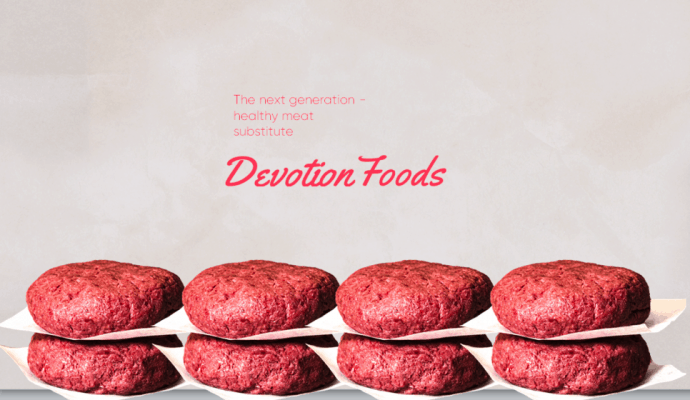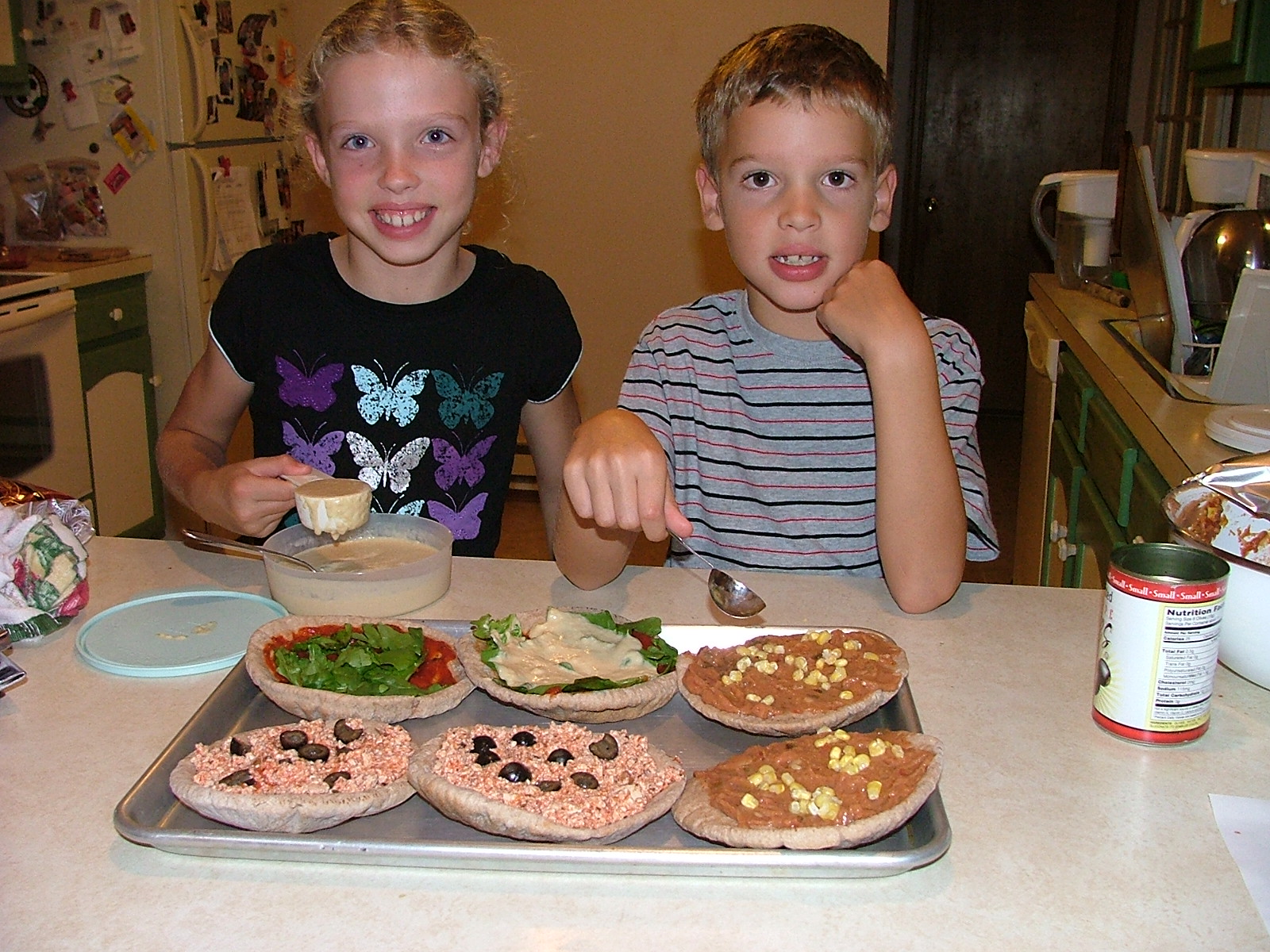
You can find delicious vegan recipes for everyone, no matter if you are gluten-free or just trying to avoid it. Some of them can be made without soy or sugar! You can find a lot of delicious recipes online or in a cookbook. There are many restaurants that offer vegan and gluten-free dishes. You can also make your own gluten free vegan dishes using ingredients from your pantry. You can even make these dishes for the entire family!
For dinner, try this delicious vegan recipe. This delicious and easy curried butternut squash coconut soup is the perfect recipe for fall. It's delicious, and also very healthy. This soup is rich in plant-based protein, making it a wonderful treat on a cold night. It's also low in calories.
These vegan pancakes are hearty and lightly sweetened. For an extra kick, cinnamon is used. These cookies are topped with almond flour and organic oat flour. They are topped with a rich vegan buttercream frosting. They pair well with green tea. For an extra flavor, you can sprinkle them with PRANA Amandine maple nuts.

These gluten-free vegan recipes are great for any day of the week. They are easy to prepare and nutritious. They are also very affordable, making them a great family meal. This recipe is great for weeknight meals.
This is one of my favourite vegan gluten free recipes. This easy recipe is perfect for a family meal. This is a great way of using up leftover vegetables. This recipe is also great for brunch. It is easy to prepare, and you can add a variety toppings.
This vegan gluten free recipe for dinner is great for a quick lunch and light dinner. The fresh vegetables and Mediterranean spices create a shawarma-like taste in this recipe. As it cooks, it gets better. This recipe allows you to incorporate your favorite vegetable into your diet.
This recipe is a great option to increase your intake of plant-based protein. Legumes are one of the least expensive protein sources, and they don't spoil easily. You can find them in bulk bins at your supermarket. You can also find them in a gluten-free bin at your grocery store.

This recipe is great for a weeknight dinner. This recipe uses half of the lentils which gives it a rich and deep flavor. To thicken the sauce, you can puree it. It can be served with whole grains or a vegetable. To add more flavor, rice paper wrappers can be used for this recipe.
This recipe is perfect for a quick lunch or dinner. It's gluten free and soy free. You can add a variety of toppings to create a delicious vegan meal. You can make your own gluten-free flour by using pantry ingredients. You will also find oatmilk cartons that show if the milk has gluten. This recipe can be made with rice or quinoa.
FAQ
Here are 7 ways to live a healthy lifestyle.
-
Make sure you eat right
-
Exercise regularly
-
Sleep well
-
Drink lots of water
-
Get adequate rest
-
Be happy
-
Smile often.
How can you live a healthy life?
Are there 5 ways to have a healthy lifestyle?
Living a healthy lifestyle involves eating right and exercising regularly. Healthy eating means avoiding sugary and processed foods. Exercise can help you burn calories and strengthen your muscles. Sleeping well improves concentration and memory. Management of stress can help reduce anxiety levels and depression. Fun is key to staying young and vibrant.
What should my weight be for my age and height? BMI calculator & chart
Calculating your body mass index (BMI), is the best method to calculate how much weight to lose. Healthy BMI ranges between 18.5 to 24.9. If you want to lose weight, then you should aim to drop about 10 pounds per month. Simply enter your weight and height into the BMI calculator.
This BMI chart shows you if it is possible to identify if you are either overweight or obese.
Is it possible to have a weak immune system due to being cold?
It's been said that there are two kinds of people in the world; those who love winter and those who hate it. But, regardless of whether you love or loathe winter, you might be wondering why it makes you miserable.
Our bodies are made to function well in warm weather. We evolved to thrive in hot environments because of the abundance of food resources.
However, our environment is quite different than that of our ancestors. We spend more time indoors and are often exposed to extreme temperatures (cold or heat) and eat processed foods rather than fresh.
Our bodies aren’t accustomed to extreme temperatures anymore. So, when we do venture out into the outdoors, we often feel exhausted, sluggish or even sick.
There are ways to combat these effects though. Keep your body hydrated. If you drink plenty of water, you'll help keep your body properly hydrated and flush toxins from your system.
It is important to eat healthy foods. The best way to maintain your body's optimal temperature is by eating nutritious food. This is particularly helpful for anyone who spends long periods of time inside.
You can also meditate for a few minutes every day. Meditation is a great way to relax your body and mind. It makes it easier for you to cope with stress and illness.
What causes weight loss as we age?
How can I tell if my bodyweight changes?
When the body has less fat than its muscle mass, it is called weight loss. This means that you must consume more calories than you use daily. The most common cause of weight loss is decreased activity levels. You can also lose weight due to stress, illness, pregnancy, hormonal imbalances and certain medications. When there is more fat than muscles, it's called weight gain. This happens when people consume more calories than they burn during the day. Common reasons include overeating, increased physical activity, and hormonal changes.
We consume fewer calories that we burn. This is why we lose weight. The main reason we lose weight is because we exercise more often. This increases our metabolism rate and burns more calories each day. This does not necessarily mean that we will get thinner. All that matters is whether we are losing or gaining weight. If we are burning more calories than what we eat, then we will lose weight. If we consume more calories that we burn, then we are actually storing them in fat.
As we get older, our movement speed slows down and so we move less. We also tend to consume less food than when we were younger. We tend to gain weight. On the other hand, we have more muscle mass and look larger than we actually are.
There is no way to measure how much weight your body has lost without weighing yourself every week. There are many different ways to measure your weight. There are several ways to check your waist size. Some people prefer using bathroom scales and others prefer tape measures.
Track your progress by measuring your waistline and weighing yourself every week. You can also take pictures of yourself every few months to see how far you've come.
You can also find out how much you weigh by looking up your height and weight online. For example, if you're 5'10" tall and weigh 180 pounds, you'd probably weigh 180 pounds.
Statistics
- According to the Physical Activity Guidelines for Americans, we should strive for at least 150 minutes of moderate intensity activity each week (54Trusted Source Smoking, harmful use of drugs, and alcohol abuse can all seriously negatively affect your health. (healthline.com)
- Extra virgin olive oil may benefit heart health, as people who consume it have a lower risk for dying from heart attacks and strokes according to some evidence (57Trusted Source (healthline.com)
- This article received 11 testimonials and 86% of readers who voted found it helpful, earning it our reader-approved status. (wikihow.com)
- In both adults and children, the intake of free sugars should be reduced to less than 10% of total energy intake. (who.int)
External Links
How To
What does the meaning of "vitamin?"
Vitamins are organic compounds found naturally in food. Vitamins are essential for our bodies to absorb nutrients from the foods we eat. Vitamins cannot come from the body so food must provide them.
There are two types of vitamins: water soluble and fat soluble. Water-soluble vitamins dissolve in water easily. You can find vitamin C,B1 or thiamine, B2 or riboflavin and B3 or niacin. B6 is pyridoxine. Folic acid, biotin and pantothenic are some examples. Fat soluble vitamins are stored in the liver and fatty tissue. Vitamin D, E, K and A are some examples.
Vitamins can be classified according to biological activity. There are eight main types of vitamins:
-
A - Vital for healthy growth.
-
C - important for proper nerve function and energy production.
-
D - necessary for healthy bones and teeth.
-
E - Required for good vision, reproduction.
-
K - Required for healthy nerves and muscles.
-
P – vital for building strong bones.
-
Q - aids digestion and absorption of iron.
-
R - Required for red blood cell production
The recommended daily allowance of vitamins (RDA), varies depending upon age, gender, physical condition, and other factors. The U.S. Food and Drug Administration has established the RDA values.
For example, the RDA for vitamin A is 400 micrograms per dayfor adults 19 years or older. For fetal development, pregnant women require 600 micrograms per daily. Children ages 1-8 require 900 micrograms per day. Infants under one year of age require 700 micrograms per day, but this amount decreases to 500 micrograms per day between 9 months and 12 months of age.
Children aged 1-18 require 800 micrograms of sugar per day, while those who weigh more than 1200 need 1000. For their nutritional needs, underweight children need 1200 mg per day.
Children 4-8 years old with anemia will need 2200 mg of vitamin D daily.
2000 micrograms per person is necessary for general health. Women who are pregnant or breastfeeding need 3000 micrograms per day due to increased nutrient requirements.
Adults over 70 require 1500 micrograms each day, since they lose approximately 10% of muscle mass each decade.
Women who are pregnant or nursing need more than the RDA. Pregnant mothers need 4000 micrograms per daily during pregnancy and 2500 after giving birth. Breastfeeding mothers need 5000 mg per day when breastmilk is being produced.